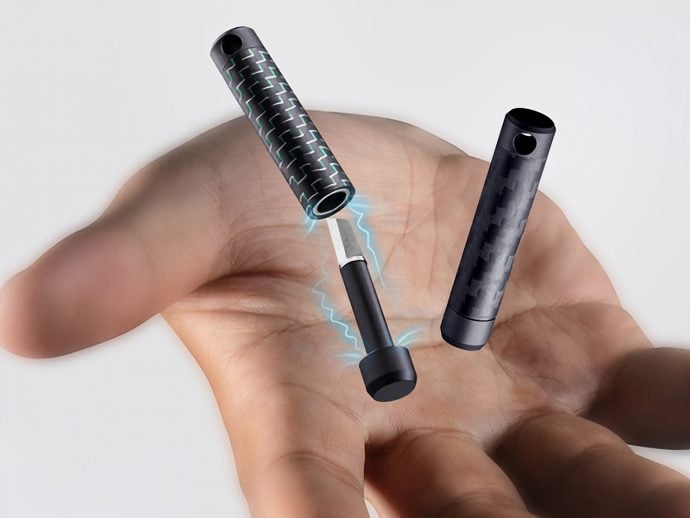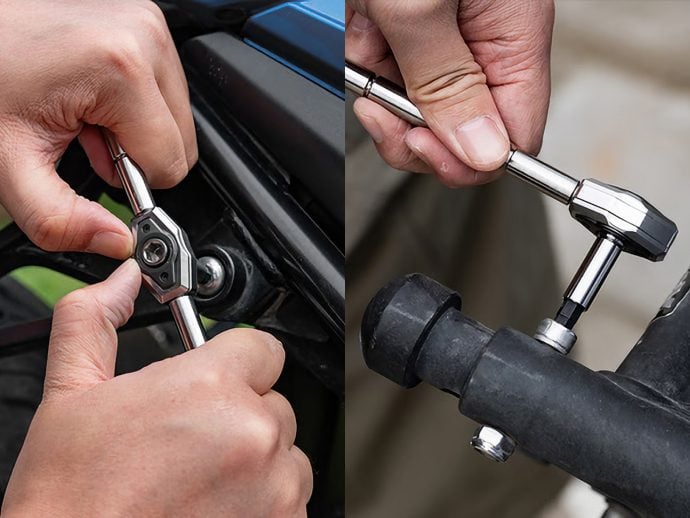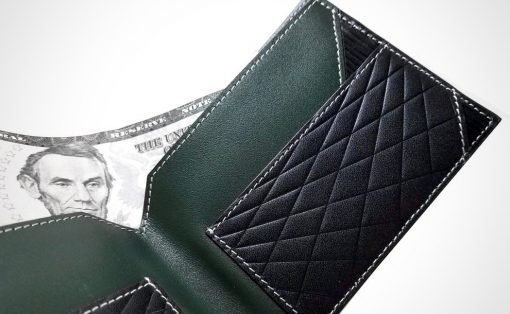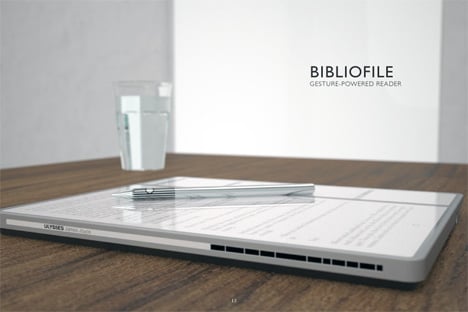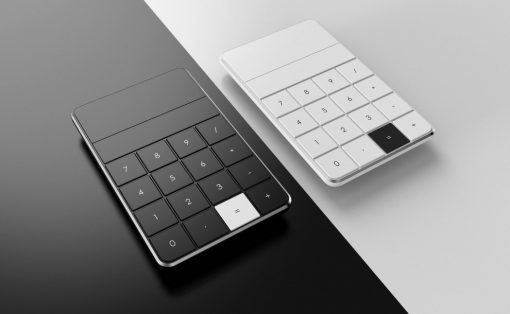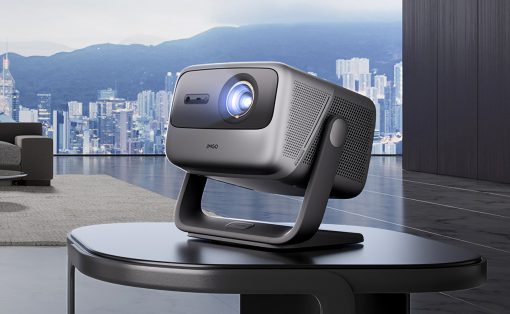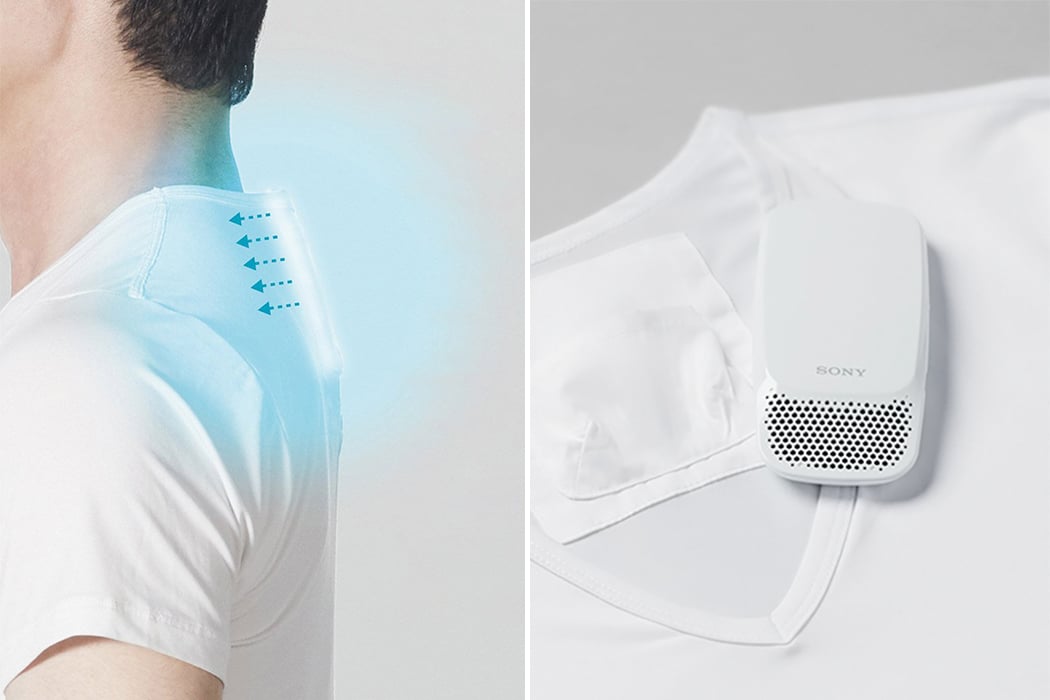
2020 has been a tumultuous year, we’ve all gone through our fair share of ups and downs, with COVID-19 completely shaking our world apart. However, we’ve also seen immense creativity and innovation in the design industry. Designers have become coming up with inventive and groundbreaking designs that have been taking our breath away. These tech gadgets are a few instances of designers leveling up their design game and providing unexpected solutions to real-world problems. So, dive in, and explore the best of what 2020 had to offer in the field of technology!
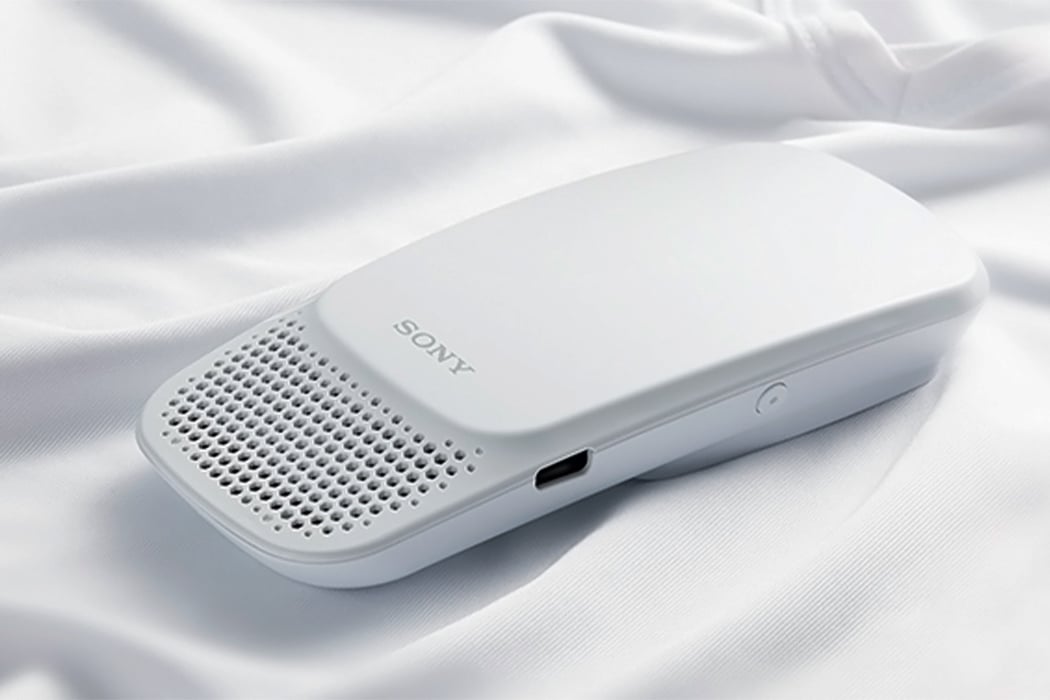
A portable, wearable, air conditioner is no more a thing of futuristic TV shows. The Reon Pocket is a smartphone-controlled personal gadget that was designed to be compact and cool. It works using thermoelectric cooling and can cool the user’s body temperature by 13 degrees celsius (23 degrees Fahrenheit) and raise your temperature by about 8 degrees Celsius (about 14 degrees Fahrenheit). Reon sits on the base of your neck in a special undershirt designed for it. It uses the Peltier effect which means a temperature difference is created by applying a voltage between two electrodes connected to a sample of semiconductor material.
![]()
![]()
Embodying Google’s playful-serious aesthetic, the Pixel Smartwatch concept comes in a traditional round format, and in a variety of quirkily named colors. The Android Wear OS logo displays clearly on the always-on display of the watch, transforming into a colorful set of watch hands every time you look at it to read the time. The watch comes with Google’s top-notch voice AI, all of Google’s native apps, and a heart-rate monitor on the back, which ties in well with Google’s plan of acquiring Fitbit and their entire fitness-tech ecosystem.
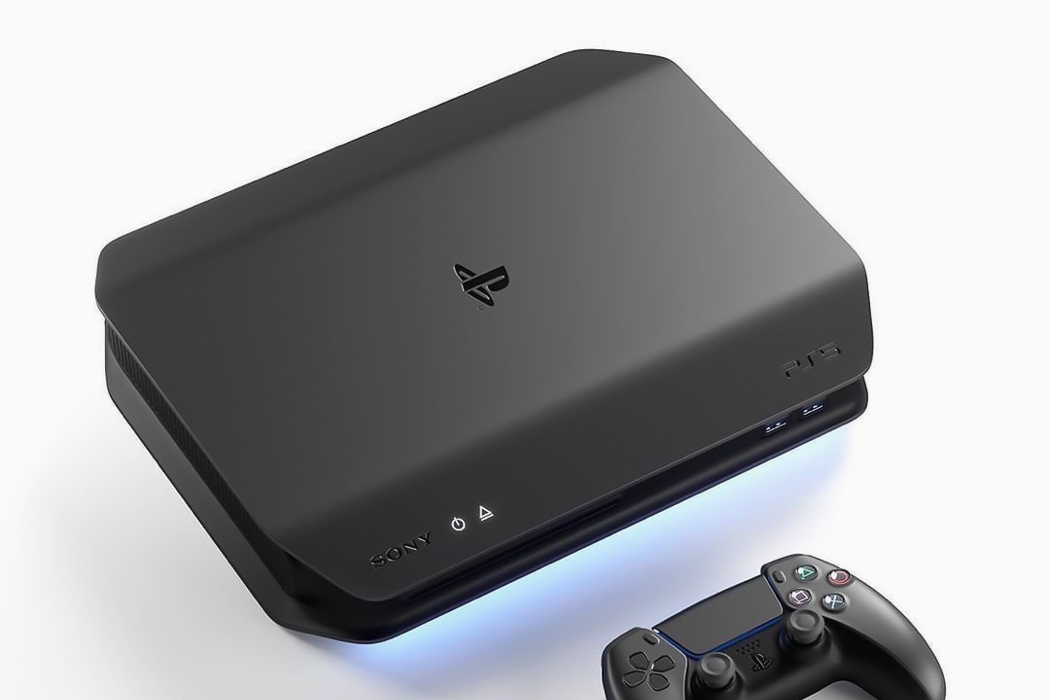
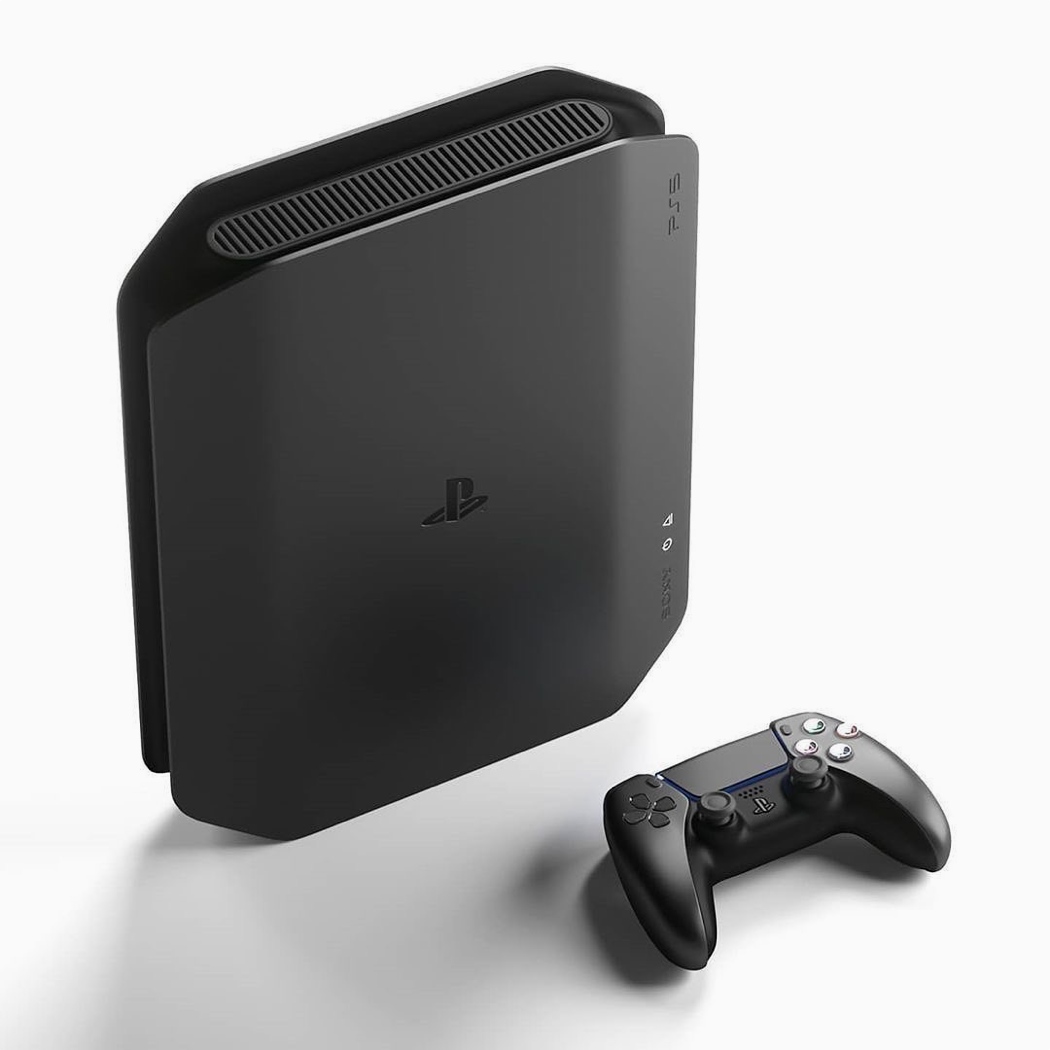
Not convinced by the design of the new PS5 like many out there, Alexandre Touguet took it upon himself to take one for the team and do the gamers a quick favor by redesigning and creating a new console concept! “I wanted to bring an organic touch by following the artistic direction initiated by the controller revealed a few months earlier but I wanted to keep the DNA of PlayStation with a much more rational overall shape and directed towards its function,” says Touget.
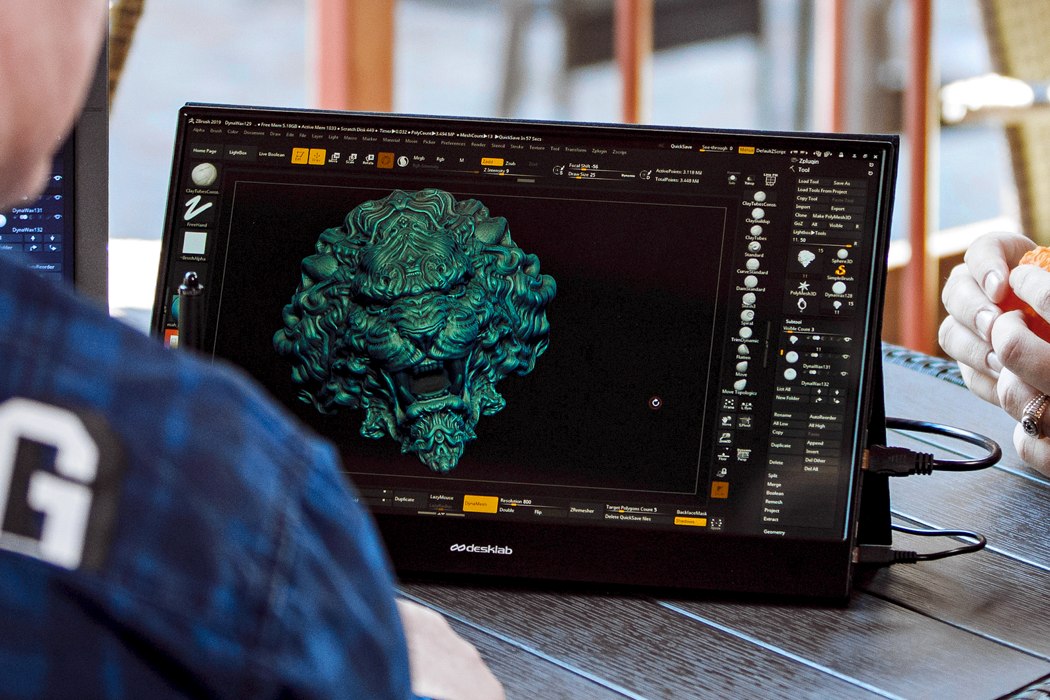
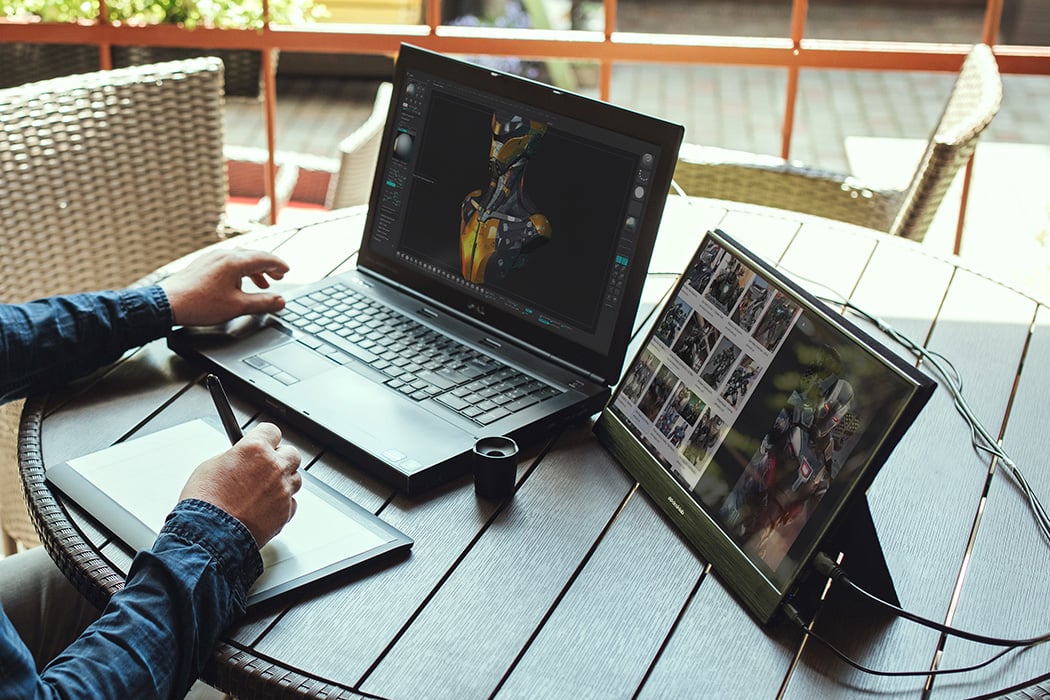
The Desklab helps make that world a better place to live in. Think of everything you wish your laptop had and put it in a laptop accessory, and you get something quite like the Desklab. A combination of a 15-inch 4K touchscreen display, a hub with ports galore, and an external pair of speakers with hi-fi audio, this slim, lightweight computing accessory is cross-compatible across all platforms. It plugs right into your machine, drawing power from it while giving it much more in return.
![]()
![]()
Meet the Pixel Vector, a smartphone concept that challenges the notion that phones need to have thick bezels, hole-punches, or notches to have front-facing cameras. The Pixel Vector cleverly uses the negative space between the phone and the screen’s corner to throw in not one, but two front-facing cameras. The phone’s sharp edges and display’s rounded corners provide the perfect triangular negative spacing for cameras, spacing them out too, so they can perform 3D scanning required for facial recognition.
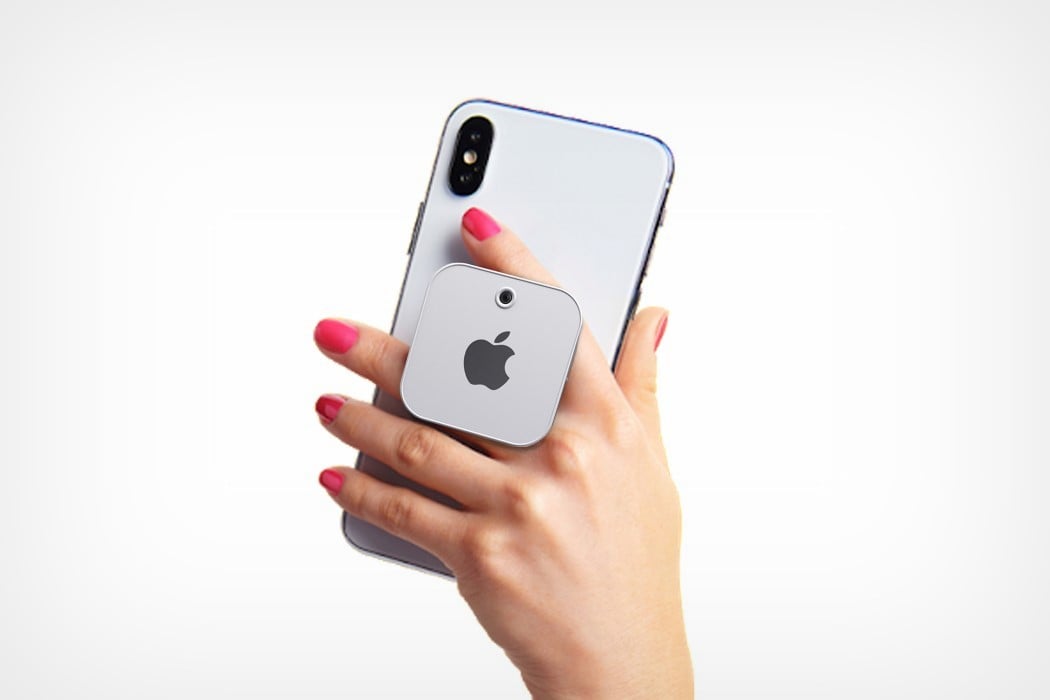
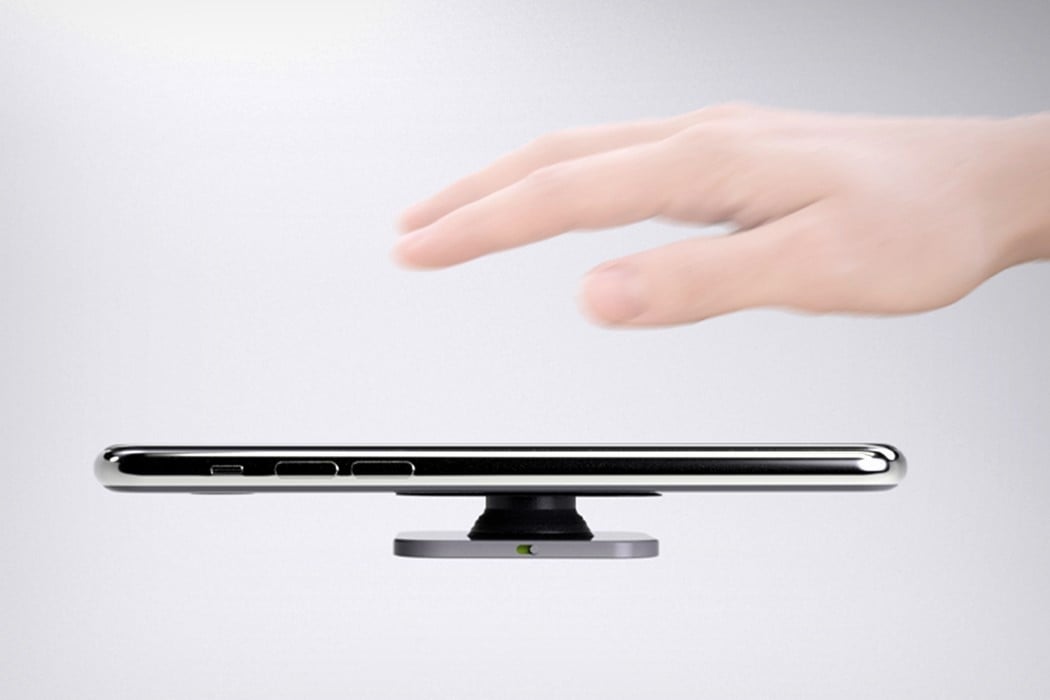
The Magic Mouse Mini looks and feels like your regular pop-socket. It attaches to the back of your phone, giving you a pop-out grip that you can firmly hold onto between your index and middle finger as you use your phone or click selfies. Given how large and slippery smartphones are nowadays (further factoring in the iPhone’s curved edges). However, a switch on the side turns the pop-out grip into something vastly more functional. Switch the device on, and the optical sensor above the Apple logo powers on, turning your iPhone into a magic mouse!
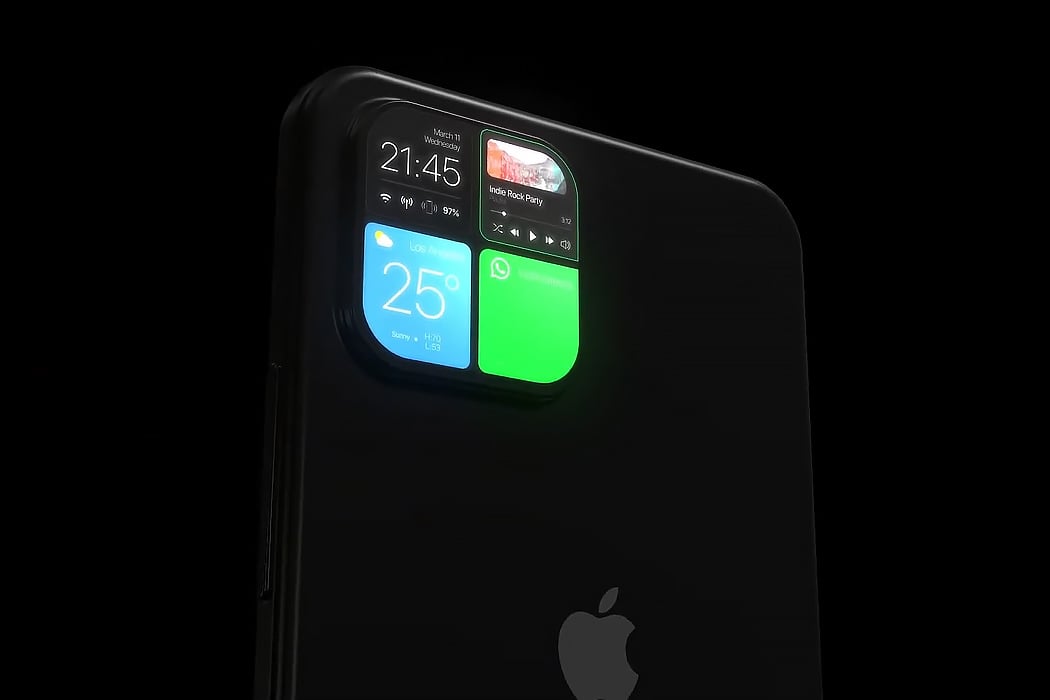
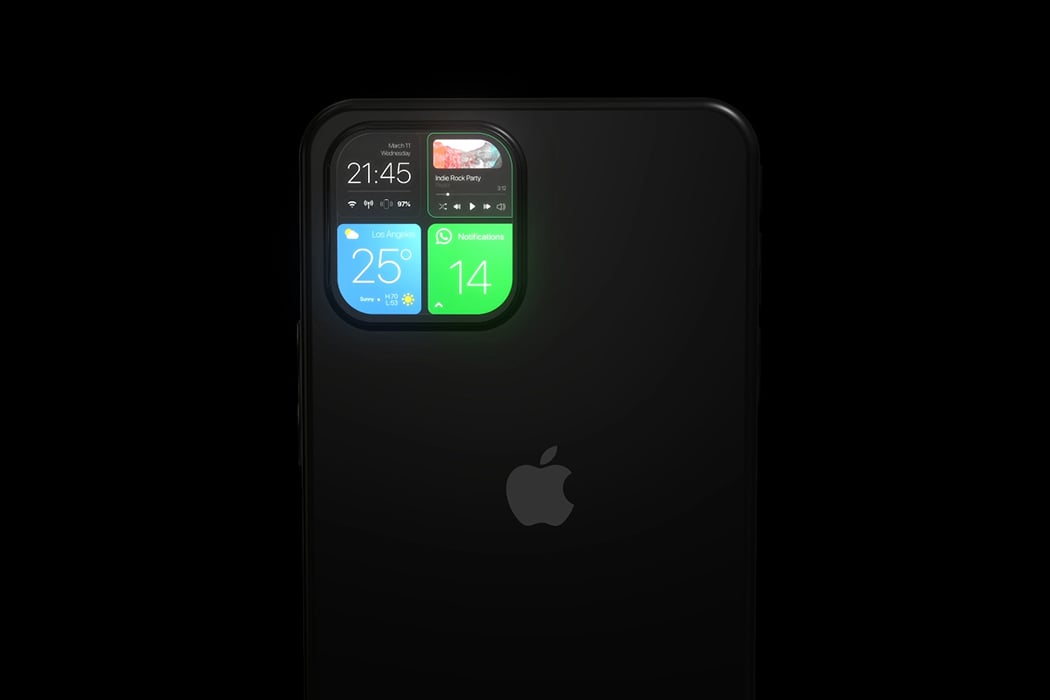
The iPhone 12 retains the dreaded notch that was established with the iPhone X – and while we look for changes in the screen of the phone, Furkan’s concept makes us look at the camera notch in a whole new way and how! Firstly, the camera bump comes with 4 lenses now (maybe the macro lens is finally coming to the iPhone!) and doubles up as an instant notification panel. The UI of this notification panel borrows heavily from the well established and tested UI that the Apple Watch carries – showing everything from app notifications, widgets, and even your health statistics.
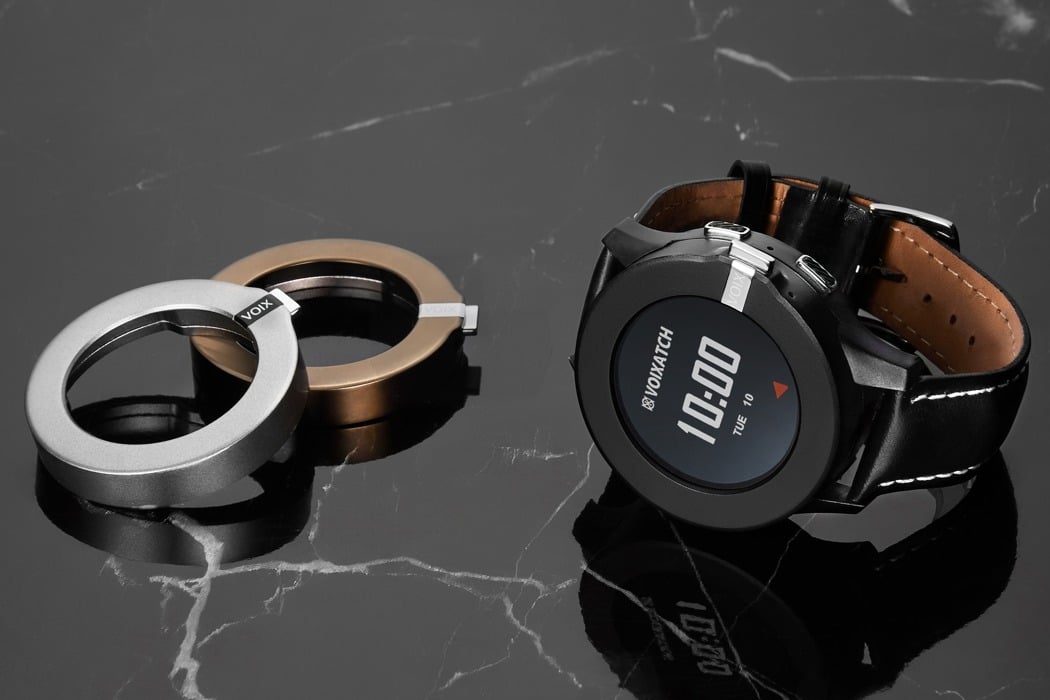
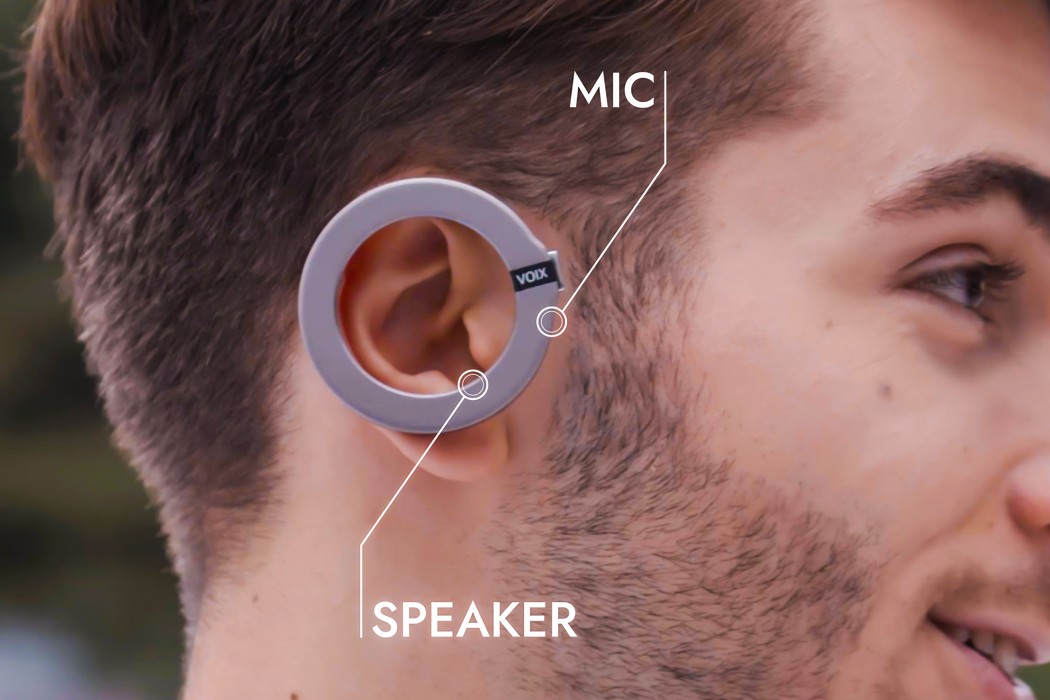
VOIXATCH is basically a pretty sensible amalgamation of the three products that we got duped into paying truckloads of money for. It’s a smartwatch that does practically everything your phone does… and guess what. It has a Bluetooth headset docked right into it that you can detach and use to make calls and possibly even listen to music. VOIXATCH is basically what happens when good technology meets good intentions.
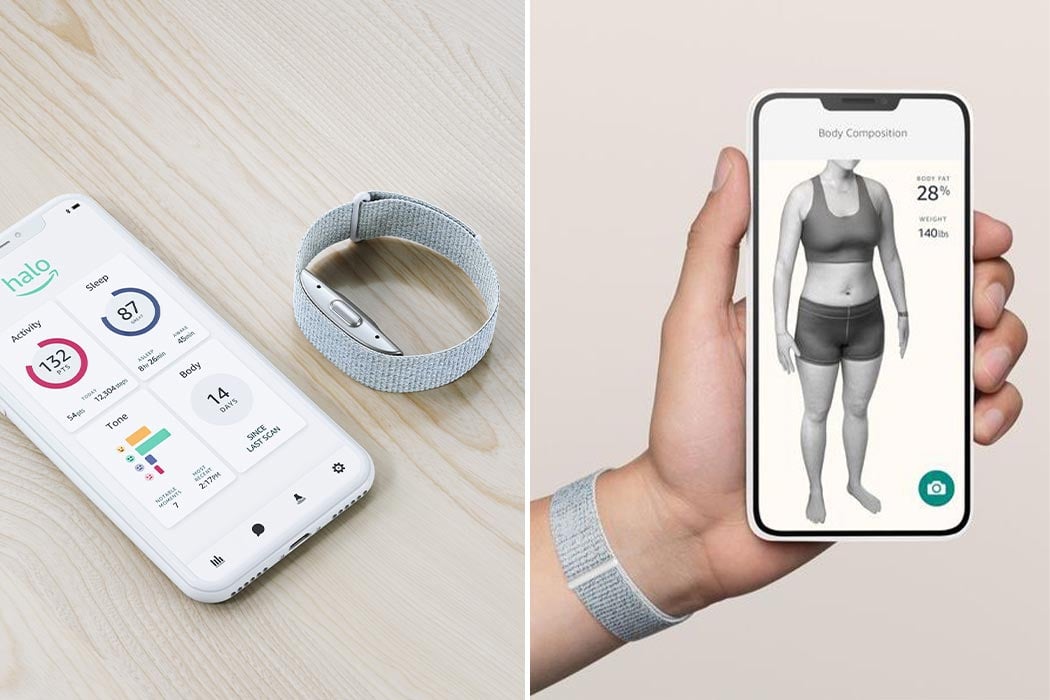
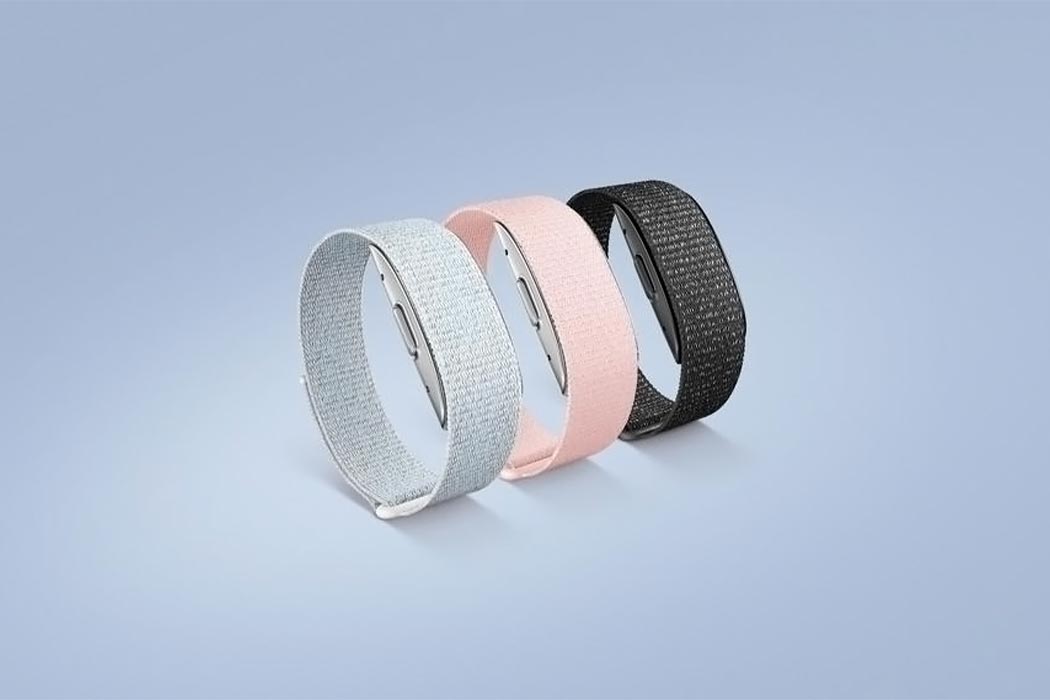
Amazon Halo’s most exclusive feature is the fact that it creates a 3D model of your body and tracks the emotional tone in your voice for an even more personalized wellness journey. Technology with EQ (emotional quotient) capabilities are rare and mostly seen in experimental robots. The existing trackers can probably get an idea about your feeling through heart rate but evaluating your emotions through your voice is new in wearables
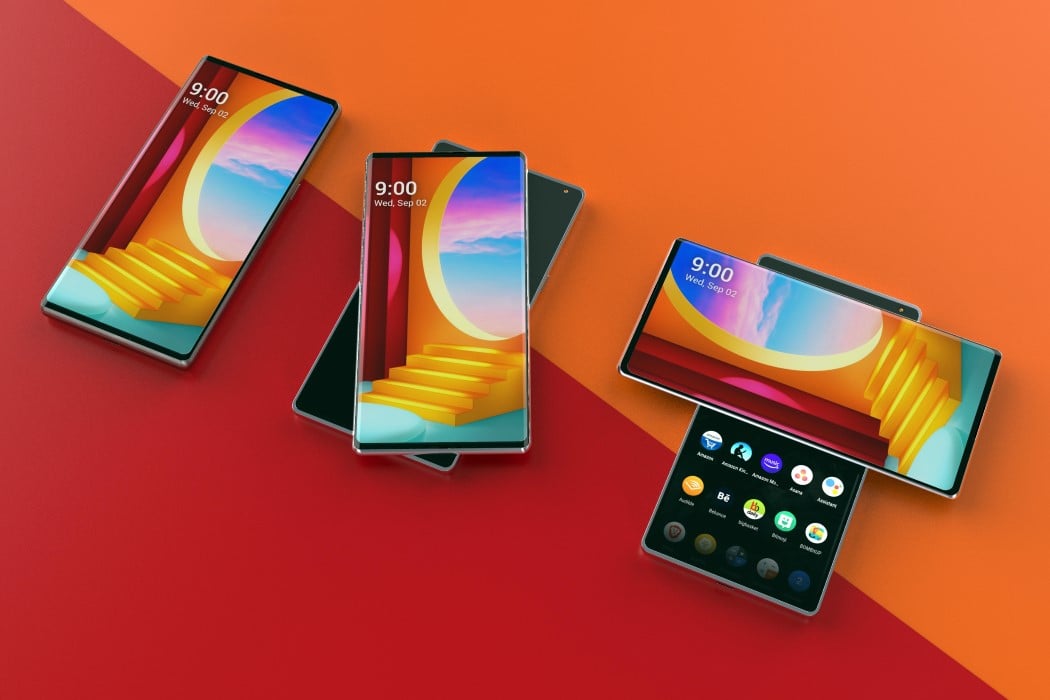
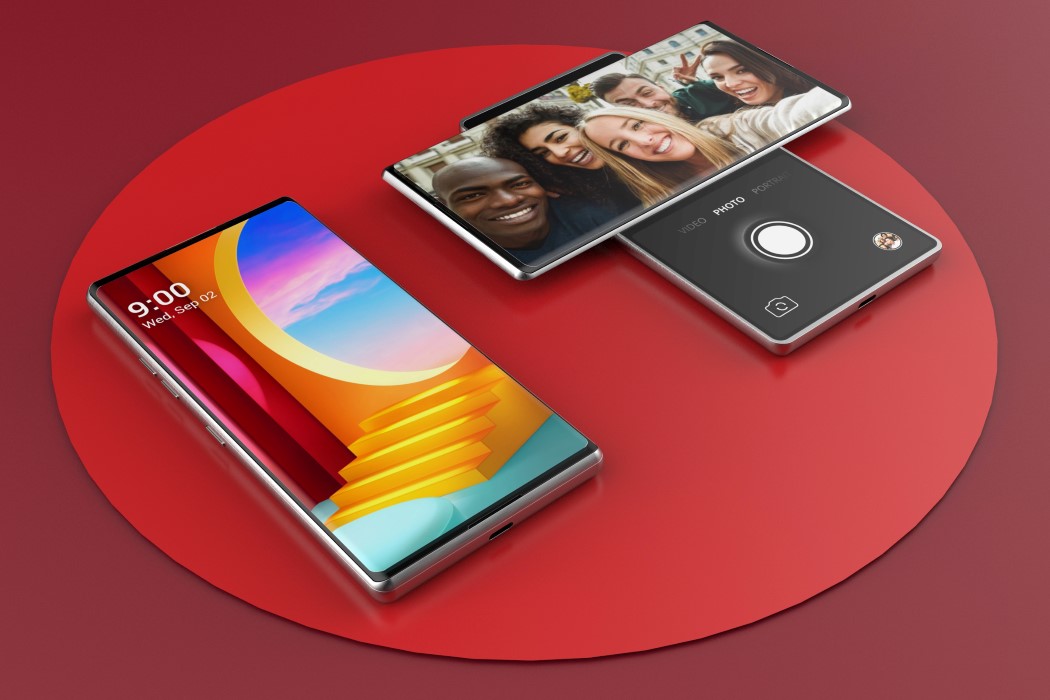
LG Wing’s form is undeniably unique when opened, but what’s great about it is that it’s still a regular smartphone when closed. It doesn’t come with a thick body or an unusual gap (like the Galaxy Fold). When closed, you’ve got all the benefits of a regular smartphone, but open it up and the swiveling format really reveals a new side of smartphone computing to you. With two screens (or one and a half screens, if you compare the surface area), the Wing feels refreshing, and in a good way.
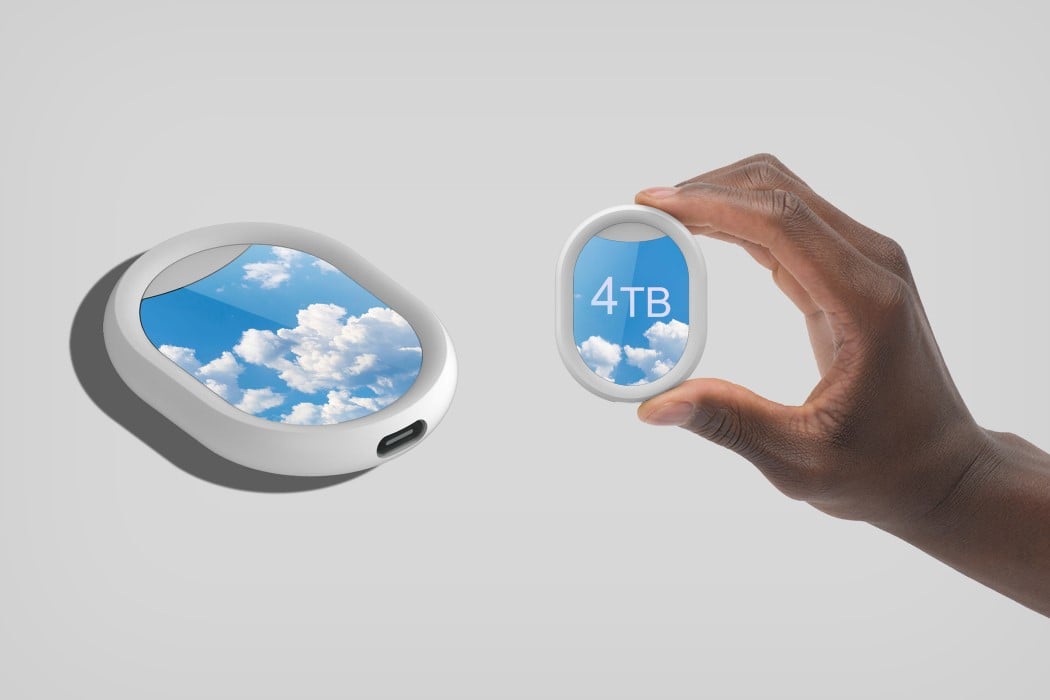
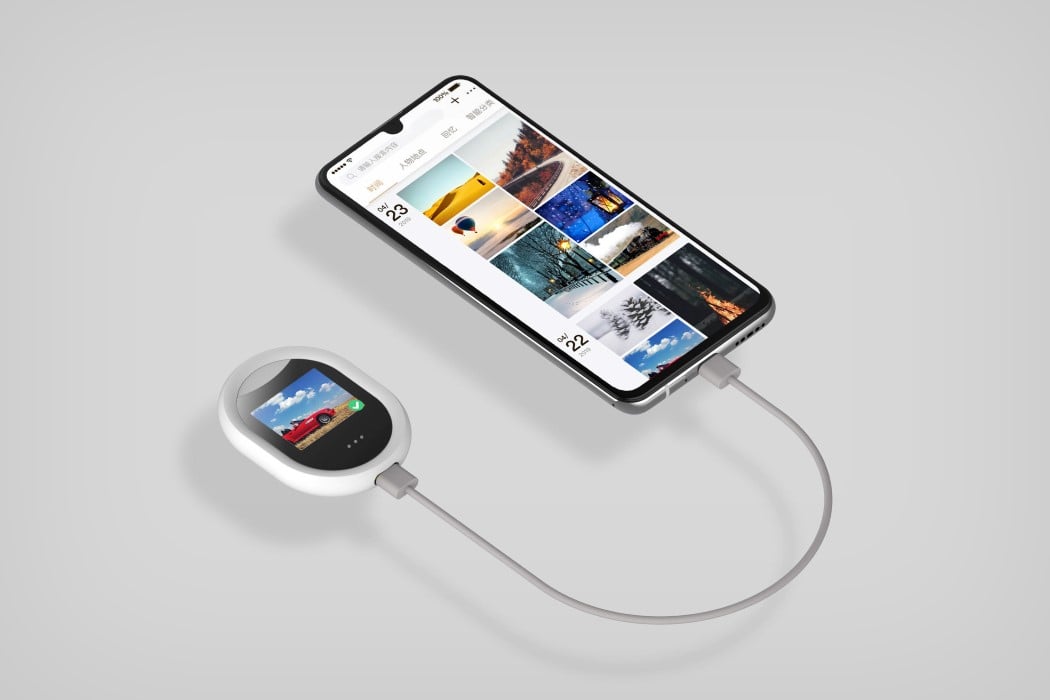
The Lenovo Awan is a conceptual hard-drive that basically lets you carry your dedicated cloud server along with you. Rather than being an external hard-disk or SSD, the Lenovo Awan is basically a plug-and-use device that connects you to a cloud-drive. Buy the Awan and you get access to cloud storage with a one-time payment. When you connect the Awan to a machine like a laptop or a computer, you’re actually connecting it to the cloud. Lenovo’s Awan, in theory, brings cloud storage into something that’s a piece of hardware that you can carry around with you and plug into devices
![]()
![]()
The AirBolt tracker was built as a successor to the AirBolt TSA Smart Lock from 2015. Designed to track practically anything, from your personal belongings to your pets, the AirBolt builds on technology that allows it to work with a combination of incredible range and battery life, packed into a device that’s small enough to literally be confused for a guitar pick. The AirBolt tracker can secure around your keys, sit in the folds of your wallet, slip into your backpack or luggage, or even on your pet collar or in your child’s pocket. The AirBolt smartphone app lets you locate the tracker no matter where it is on the planet (allowing you to access its location history too) and even share the location with others in realtime.
![]()
![]()
The Pixel 5, based on rumors, comes with a design that’s almost like the 4, with the exception of that camera (which I’ll get to, obviously). Its front still has that slight forehead to accommodate the earpiece and front-facing camera, and the phone still has its colorful glass back, a USB-C port, and no headphone jack. A few articles on tech websites have delved deeper into the phone’s insides, and by far the most noteworthy difference between the Pixel 4 and Pixel 5, at least as far as its strategy is concerned, is that the Pixel 5 isn’t going to be Google’s top-of-the-line phone.
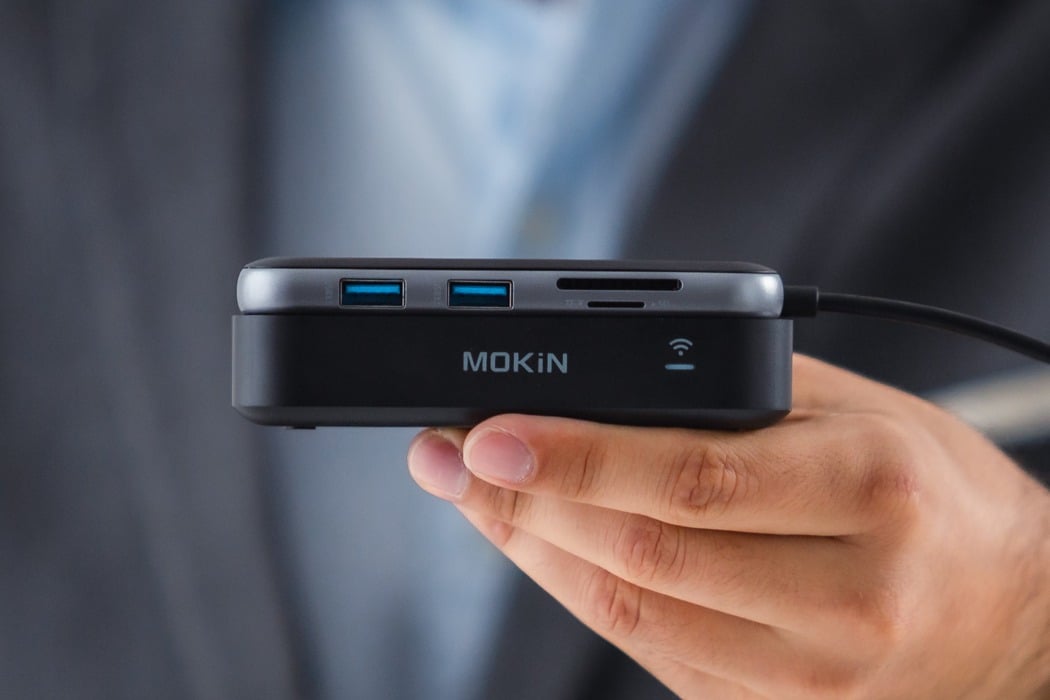

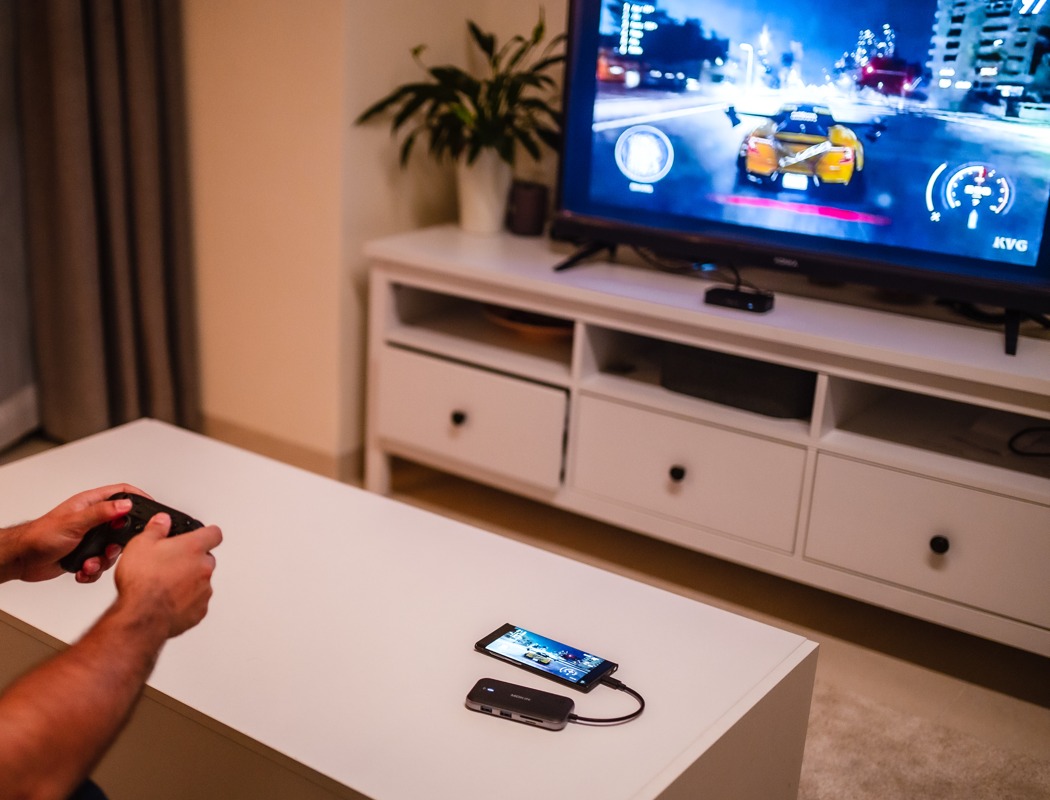
Designed in two parts, a transmitter, and a receiver, MOKiN lets you connect a device to a display without running a clunky, ugly, entangled cable between the two. The transmitter and receiver let you extend your screen wirelessly and seamlessly, offering high-definition images with zero latency. It’s basically an HDMI cable without the cable… or even the HDMI, because the MOKiN’s transmitter runs on a USB-C port! This means you can easily connect your laptop, tablet, or smartphone to an external display or a projector in a jiffy without worrying about dongles and such.
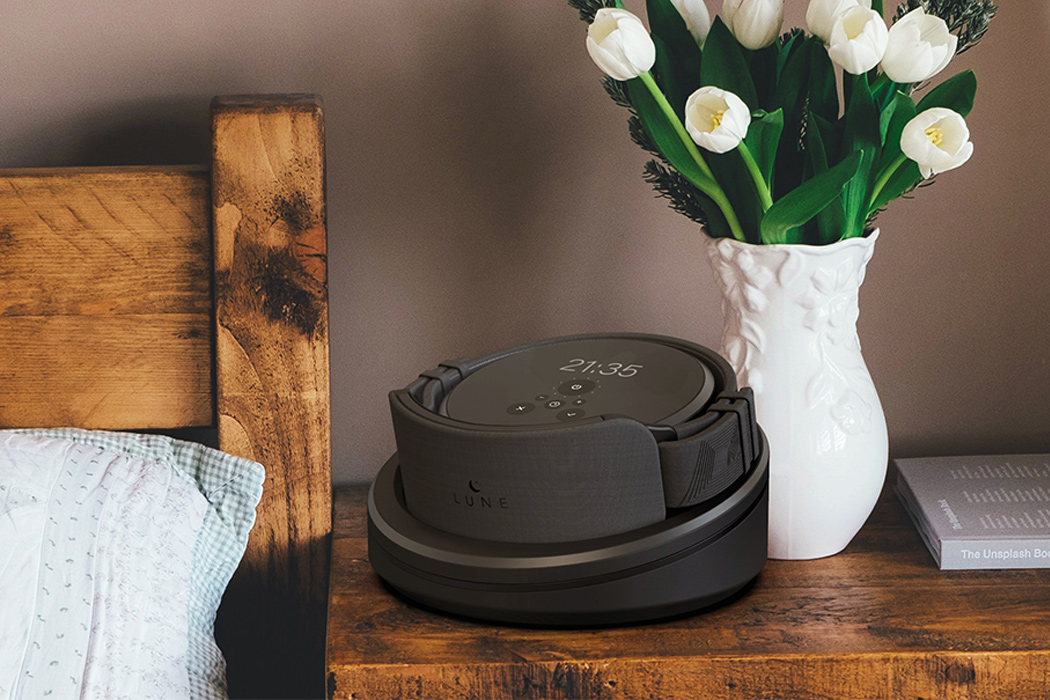
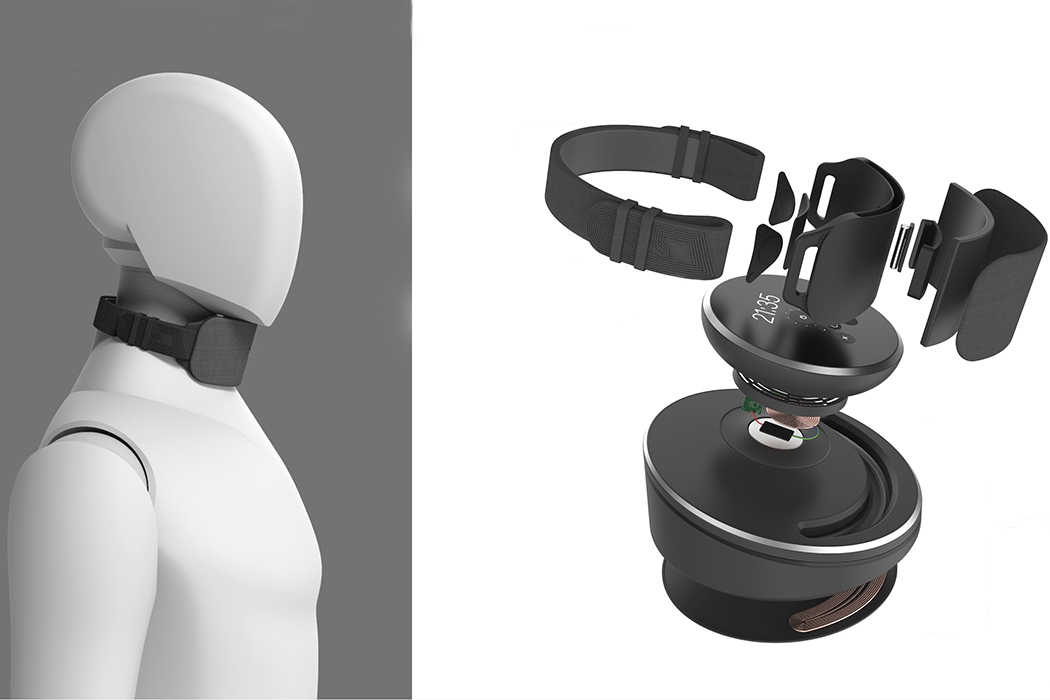
Lune, a holistic training and monitoring system for people with sleep apnea trouble, encourages a sound sleep by stimulating oral muscles around the throat by means of pulsating electrodes. Inspired by the male frog’s mate calling technique, which is when the male frog lifts his head upwards in order to produce mighty ribbits, Lune incorporates an integrated airbag into the sleeping assistive device in order to maintain an upright position for their head, which in turn promotes steady, open airflow.
To see more detailed tech and gadgets that we’ve featured this year, click here!

